Fix: MSRPC STATE VIOLATION error in Windows 10/11
7 min. read
Updated on
Read our disclosure page to find out how can you help Windows Report sustain the editorial team Read more
Key notes
- Hardware components can cause error MSRPC_STATE_VIOLATION in Windows 10 if they aren’t compatible with your device.
- The easier way to fix the msrpc_state_violation stop error would be to use a BSoD troubleshooter.
- Running a System File Checker command can show where the problem lies and also fix it, as well.
- Don’t forget that, as usual with BSoD errors, outdated drivers might be the culprit, so check out this detail.
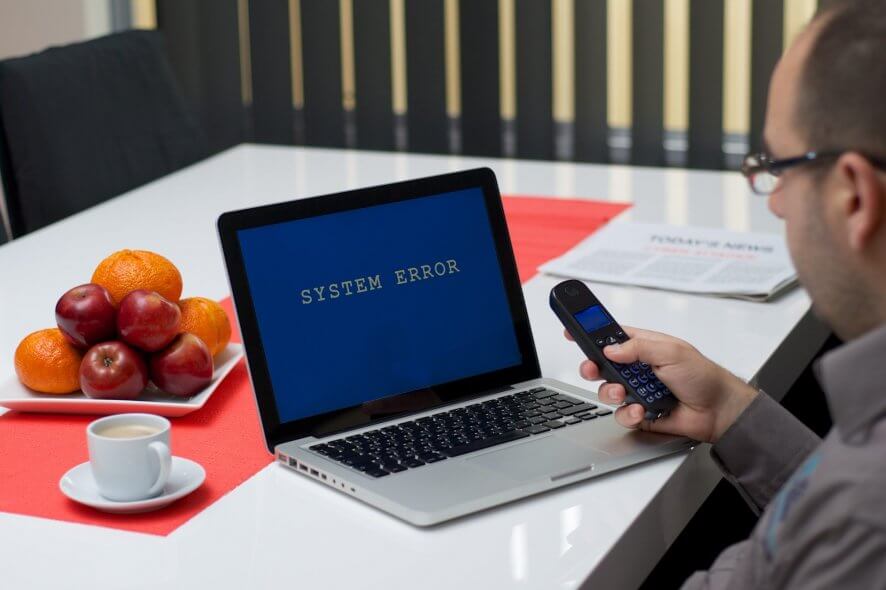
Blue Screen of Death errors can be quite serious, therefore it’s important to know how to properly fix them. Since BSoD errors can cause many problems, today we’re going to show you how to fix the MSRPC_STATE_VIOLATION error on Windows 10.
How do I fix MSRPC_STATE_VIOLATION BSoD error
- Run a third-party BSoD troubleshooter
- Run the Hardware Troubleshooter
- Run the SFC scan
- Install the latest Windows 10 updates and download the latest drivers
- Run a DISM
- Remove/reinstall your antivirus software
- Perform a clean boot
- Reset Windows 10
- Check for faulty hardware
1. Run a third-party BSoD troubleshooter
Especially if you don’t know how to tackle blue screen errors, there are a couple of dedicated tools that can do the job for you. You might have to install and run them in Safe Mode.
2. Run the Hardware Troubleshooter
- Open the Settings app and go to the Update & Security section.
- Select Troubleshoot from the menu on the left.
- Select BSOD from the right pane and click Run the troubleshooter.
- Follow the instructions on the screen to complete the troubleshooter.
3. Run a SFC scan
- Right-click on the Start Menu button, and open Command Prompt (Admin).
- Enter the following line and press Enter: sfc/scannow
- Wait until the process is done (it may take a while).
- If the solution is found, it will automatically be applied.
- Now, close the Command Prompt and restart your computer.
The SFC is a command-line scanning tool that scans your computer for potential issues and resolves them along the way. A lot of users have reported that the SFC scan can be useful when dealing with BSOD issues in Windows 10.
4. Install the latest Windows 10 updates and download the latest drivers
- Press Windows Key + X on your keyboard to open the Power User Menu and select Device Manager from the list.
- When Device Manager opens, locate the driver that you want to update, right-click it and choose Update Driver Software.
- Click Search automatically for updated driver software and wait for Windows 10 to install the suitable driver.
- Repeat these steps for all drivers that you want to update.
Although updating drivers by using Device Manager is fairly simple, many users are complaining that Device Manager doesn’t always download the latest drivers.
If you want to download the latest drivers for your hardware, you’ll have to download them manually. To download your drivers manually just visit your hardware manufacturer’s website and download the latest driver for your device.
4.1 Update drivers automatically
Searching for drivers on your own can be time-consuming. So, we advise you to use a tool that will do this for you automatically.
Using an automatic driver updater will certainly save you from the hassle of searching for drivers manually, and it will always keep your system up to date with the latest drivers.
These tools are software that you can use to detect missing or outdated drivers. With just one click, you will get all the necessary details on the main dashboard.
From there, you have several further actions that you can take: either update one driver or several, depending on your needs.
Additionally, it is easy to set up and use and saves you a lot of trouble with guessing the right drivers.
5. Run DISM
- The standard way
- Right-click Start and open Command Prompt (Admin).
- Paste the following command and press Enter:
- Wait until the scan is finished.
- Restart your computer and try updating again.
- With the Windows installation media
- Insert your Windows installation media.
- Right-click the Start menu and, from the menu, choose the Command Prompt (Admin).
- In the command line, type the following commands and press Enter after each:
dism /online /cleanup-image /scanhealthdism /online /cleanup-image /restorehealth
- Now, type the following command and press Enter:
DISM /Online /Cleanup-Image /RestoreHealth /source:WIM:X:SourcesInstall.wim:1 /LimitAccess
- Make sure to change an X value with the letter of the mounted drive with Windows 10 installation.
- After the procedure is finished, restart your computer.
DISM stands for Deployment Image Servicing and Management, and as its name says, it reloads the system image, which can lead to solving potential BSOD issues.
6. Remove/reinstall your antivirus software
Antivirus software is important for your online safety, but sometimes antivirus programs can cause the MSRPC_STATE_VIOLATION error to appear.
According to users, AVG is the cause for this error, but bear in mind that almost any other antivirus software can cause these types of errors to appear, so be sure to remove all third-party antivirus software that you have installed.
Uninstalling the antivirus program might not be enough, since many of these programs tend to leave certain files behind even after you remove them, therefore we advise you to use a dedicated removal tool.
Almost all antivirus companies offer dedicated removal tools for their software, so be sure to download one of these tools for your antivirus.
After you remove your antivirus, Windows Defender will automatically turn itself on, thus keeping your computer protected from viruses.
If the problem is fixed by removing your antivirus software, we advise you to install the latest version of the antivirus program that you were using before, or to switch to a different antivirus solution.
7. Perform a clean boot
- Press Windows Key + R and enter msconfig. Press Enter or click OK.
- When System Configuration window opens, select Selective startup and uncheck Load startup items.
- Go to Services tab and check Hide all Microsoft services. Click the Disable all button.
- Click Apply and OK to save changes.
- Now start Task Manager by pressing Ctrl + Shift + Esc.
- When Task Manager opens go to Startup tab.
- Right-click every item on the list and choose Disable from the menu.
- After you’ve disabled all startup applications close Task Manager and restart your PC.
When your computer restarts check if the error still persists. If the error doesn’t manifest, it means that one of the disabled applications or services was causing it.
To find the problematic application you need to repeat the same steps and enable services and applications one by one until you find the one that is causing this problem.
8. Reset Windows 10
- Restart your computer a few times during the boot sequence to start Automatic Repair.
- Choose Troubleshoot > Reset this PC > Remove everything. During this step you might get asked to insert Windows 10 installation media, so be ready to do that.
- Choose Only the drive where Windows is installed > Just remove my files.
- Follow the instructions to complete the reset process.
This procedure will delete all files and folders from your C partition, therefore we urge you to back up your important files. To perform Windows 10 reset, you might need a bootable USB flash drive, so be sure to create one. To reset Windows 10, do the following:
After the reset is completed, you should have a clean installation of Windows 10 without any third-party applications. If the error appears again, it means that there’s a hardware problem with your PC.
9. Check for faulty hardware
Hardware components can often cause BSoD errors, especially if they aren’t compatible with your PC, therefore we advise you to remove any recently installed hardware.
If the problem isn’t new hardware, then you should check for faulty components. Many users reported that a faulty hard drive caused this error, so check your hard drive first and then check all other hardware components.
MSRPC_STATE_VIOLATION Blue Screen of Death error isn’t that serious, and we hope that you managed to fix this error by using one of our solutions.
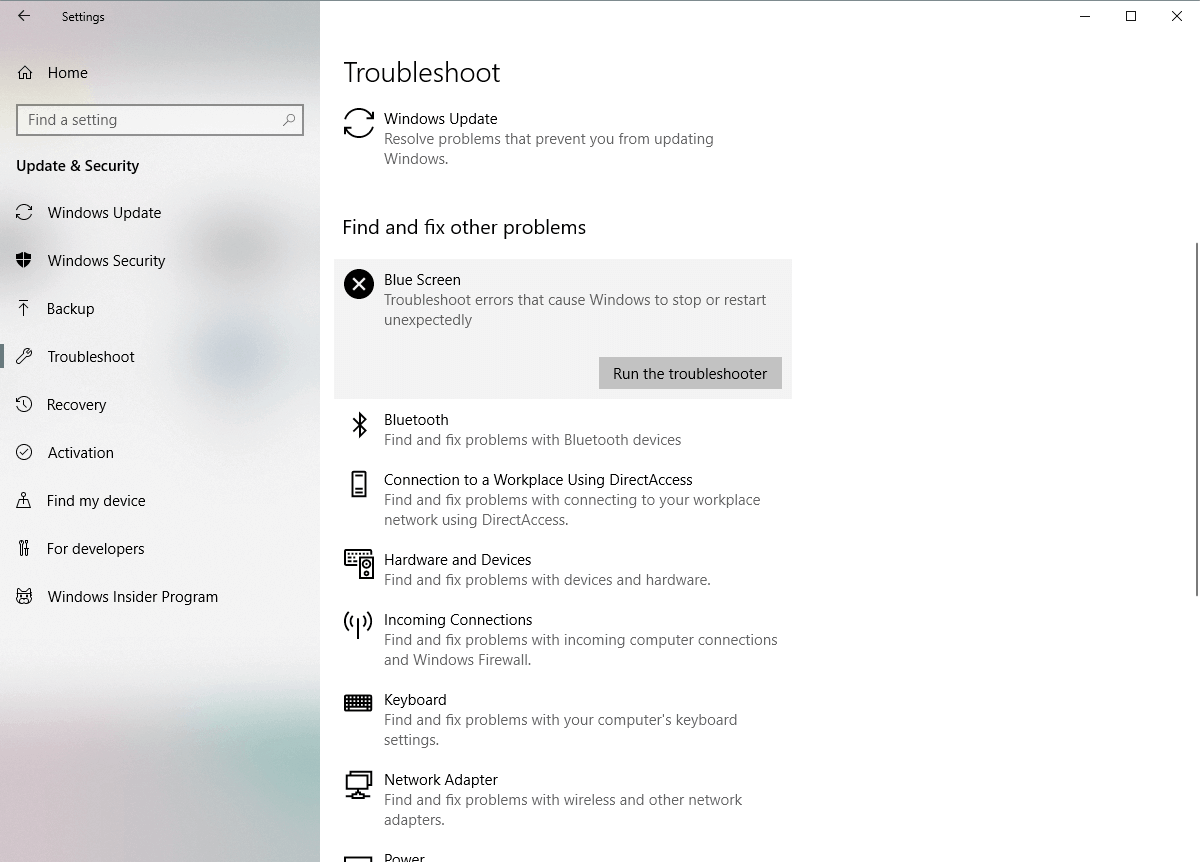
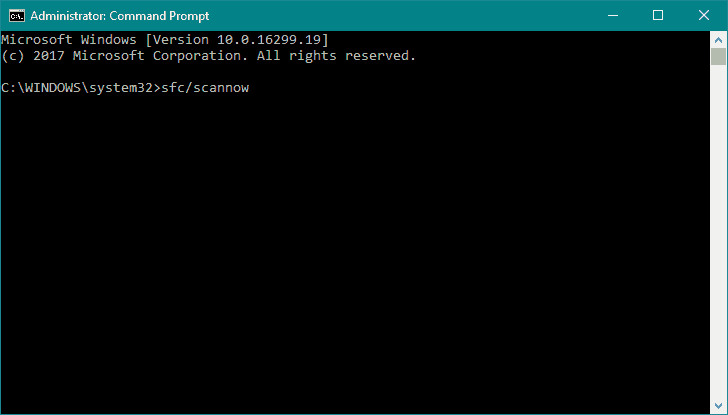
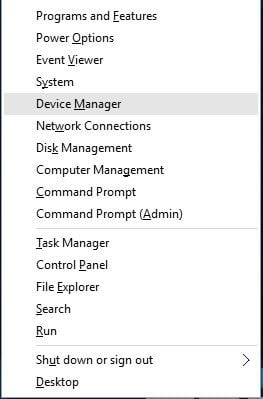

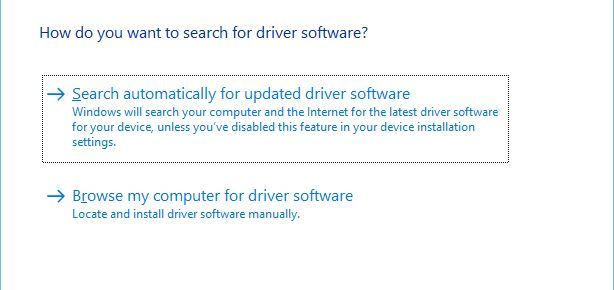

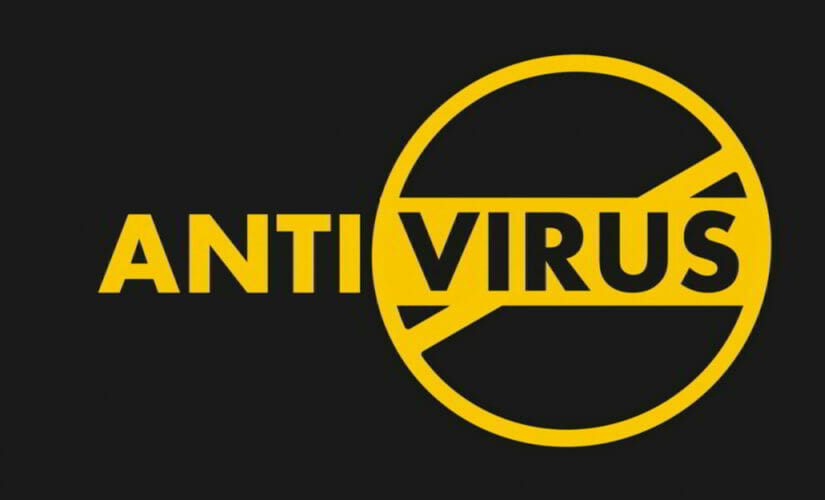
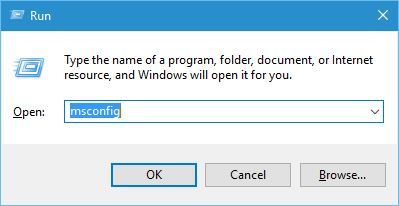

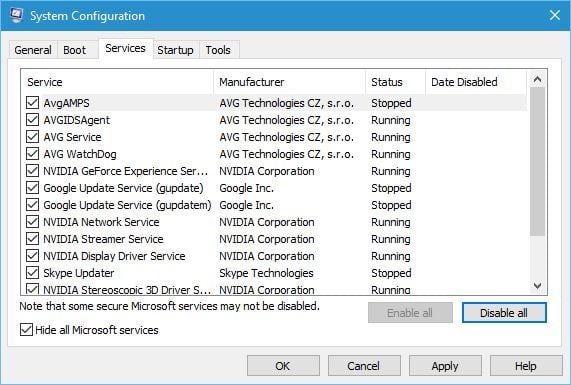
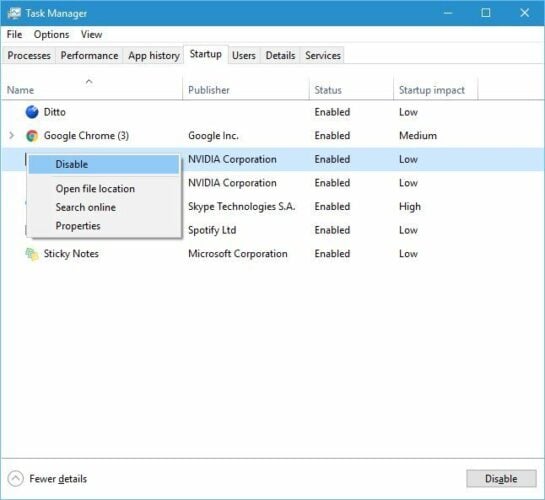
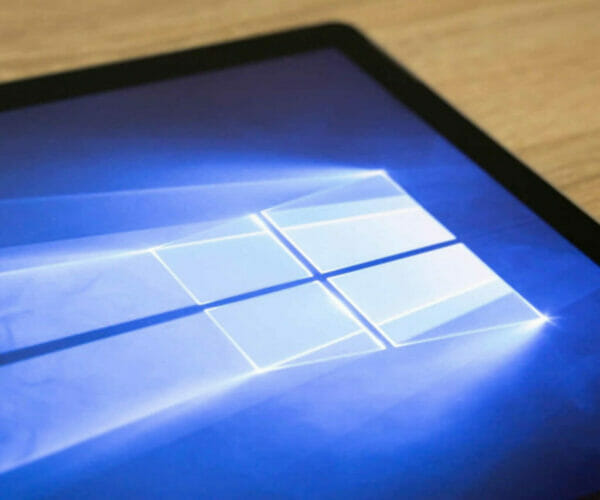
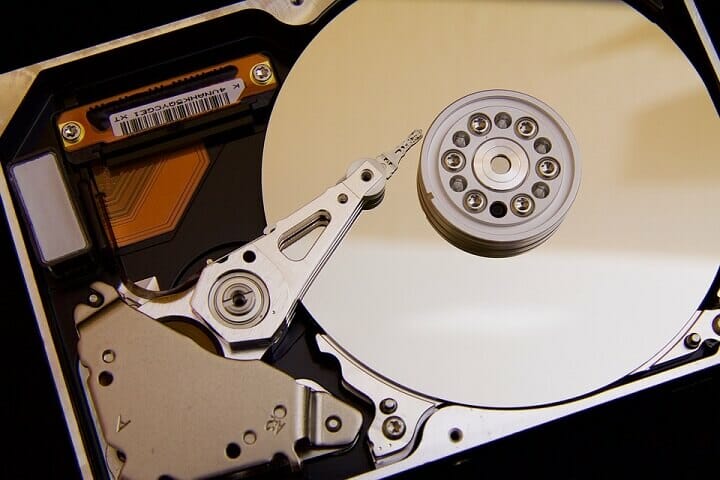
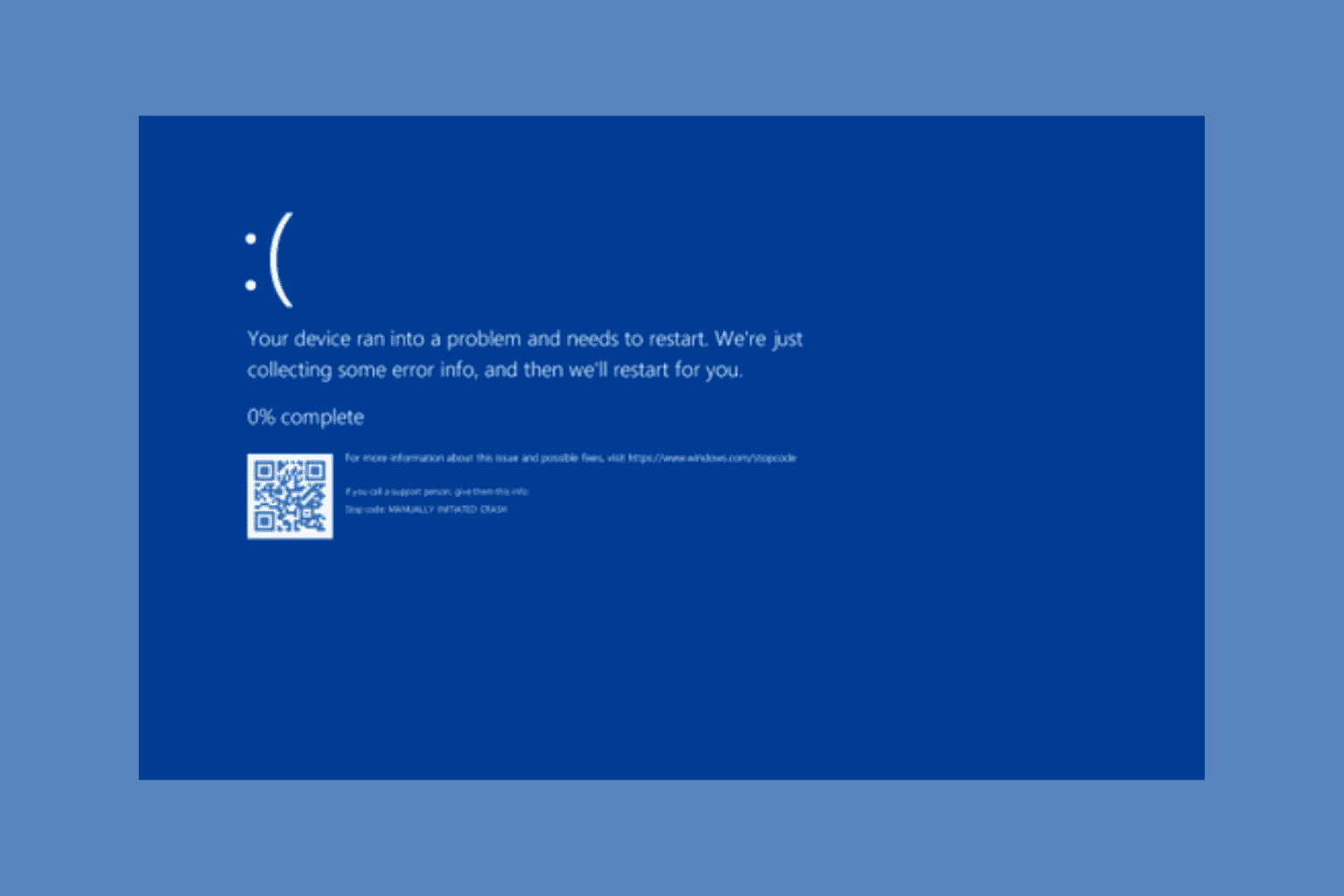
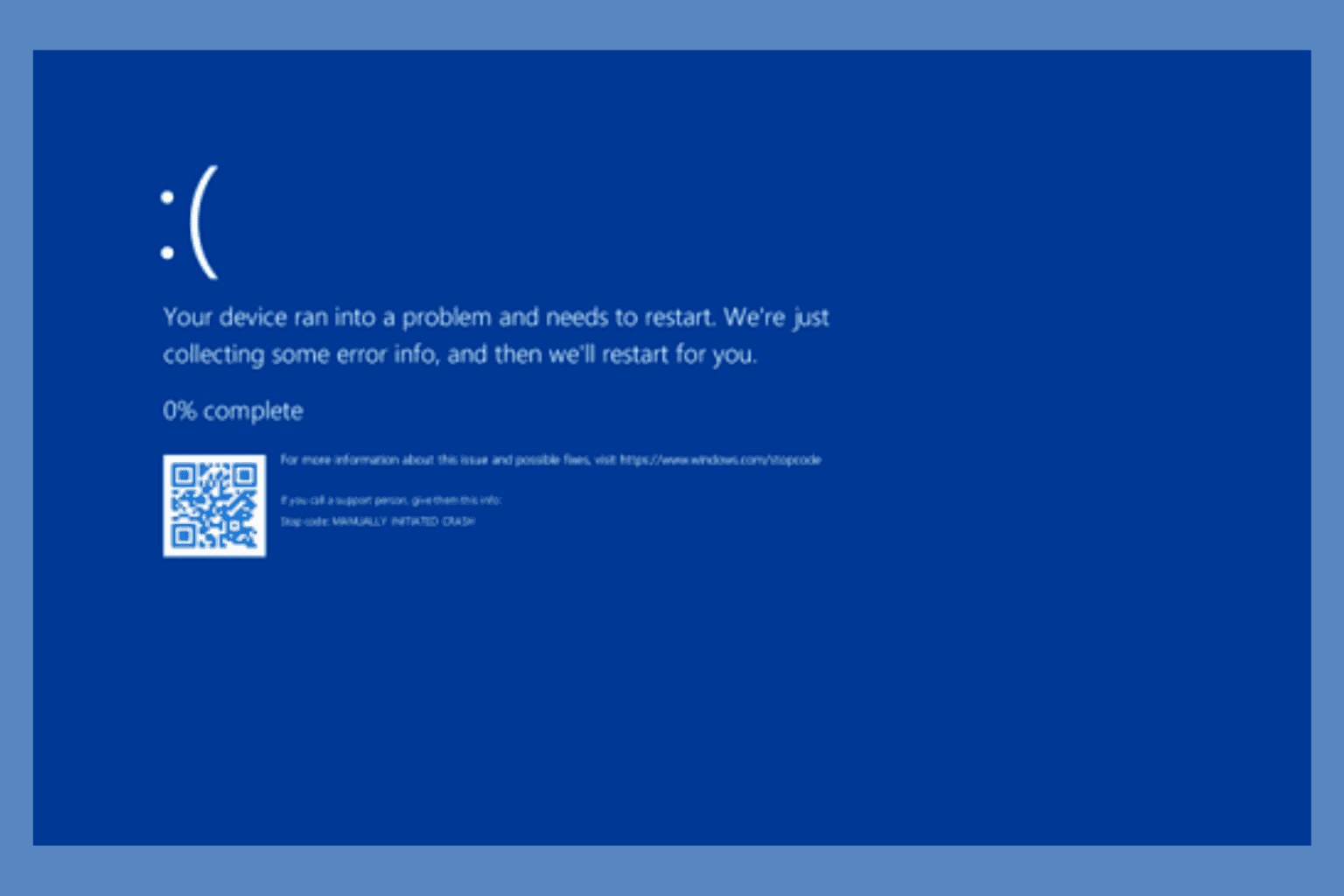
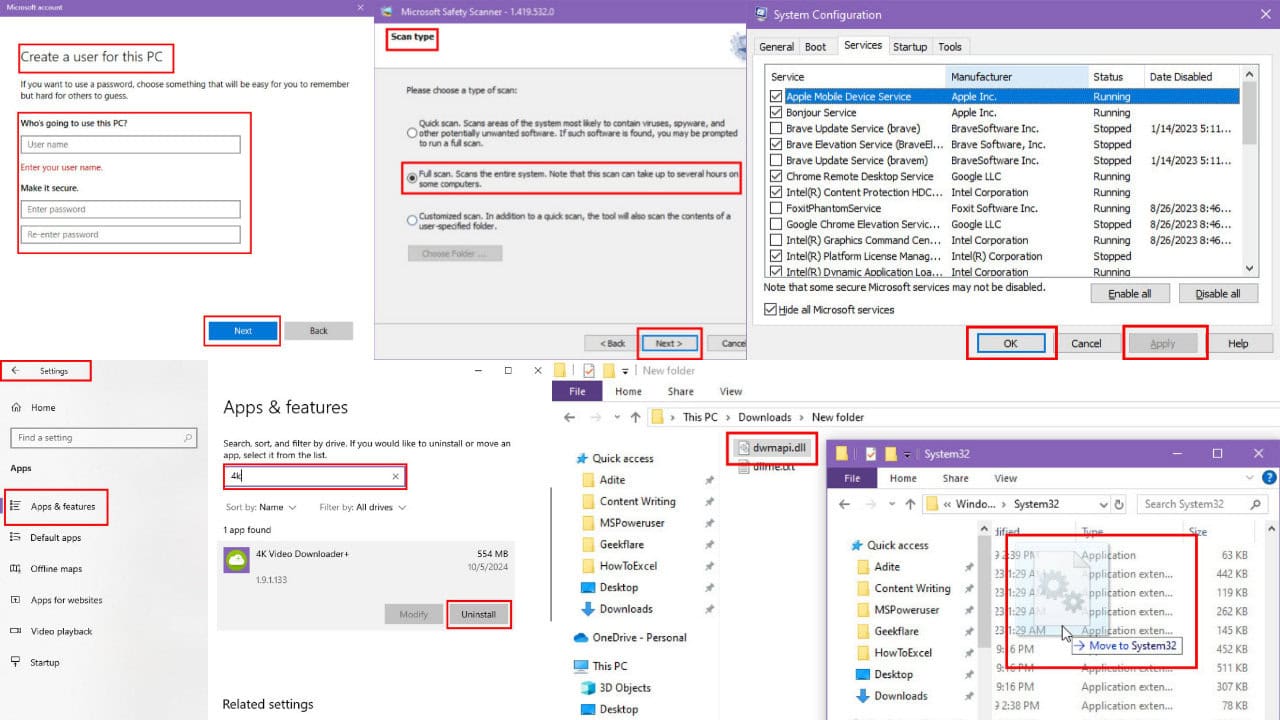


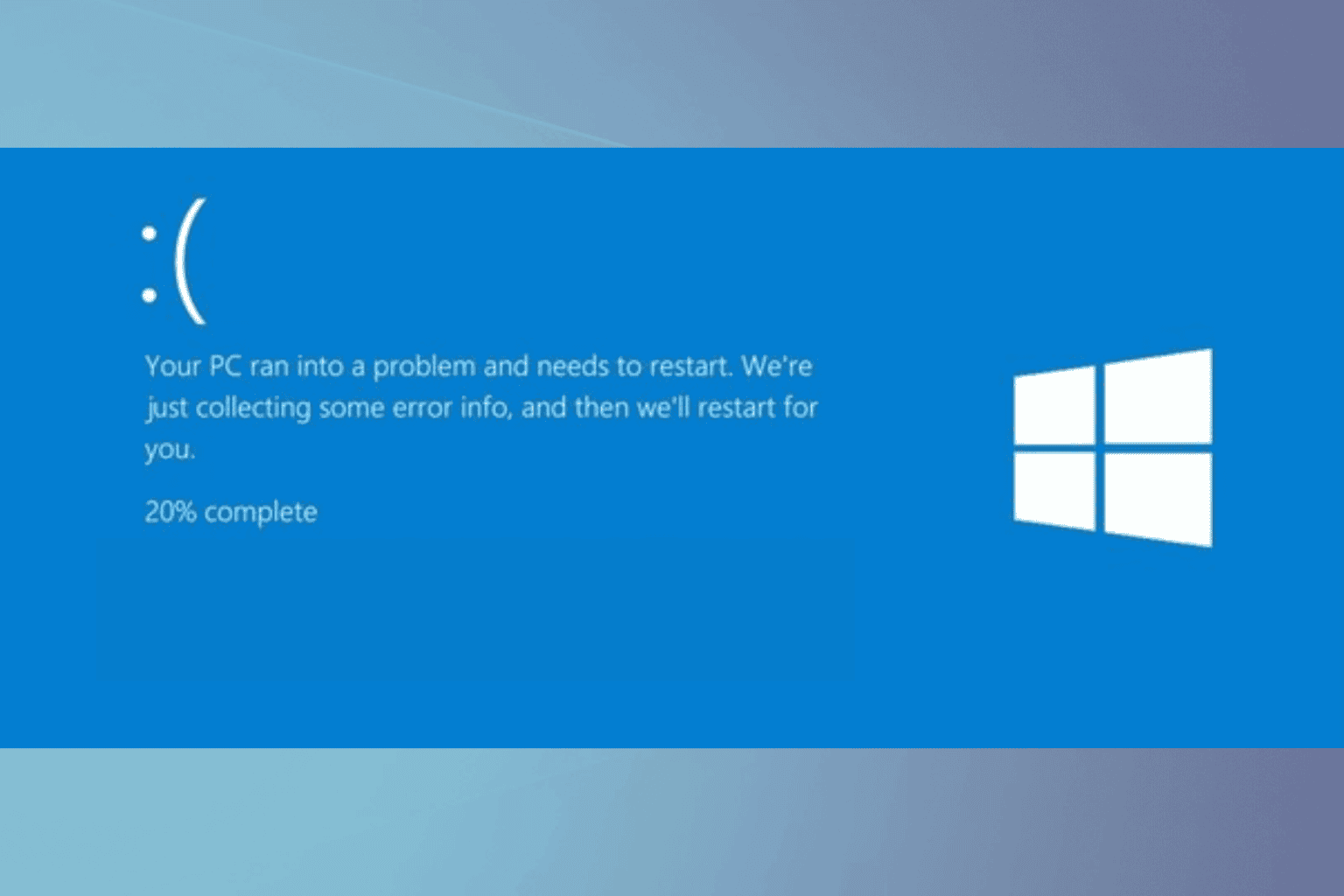
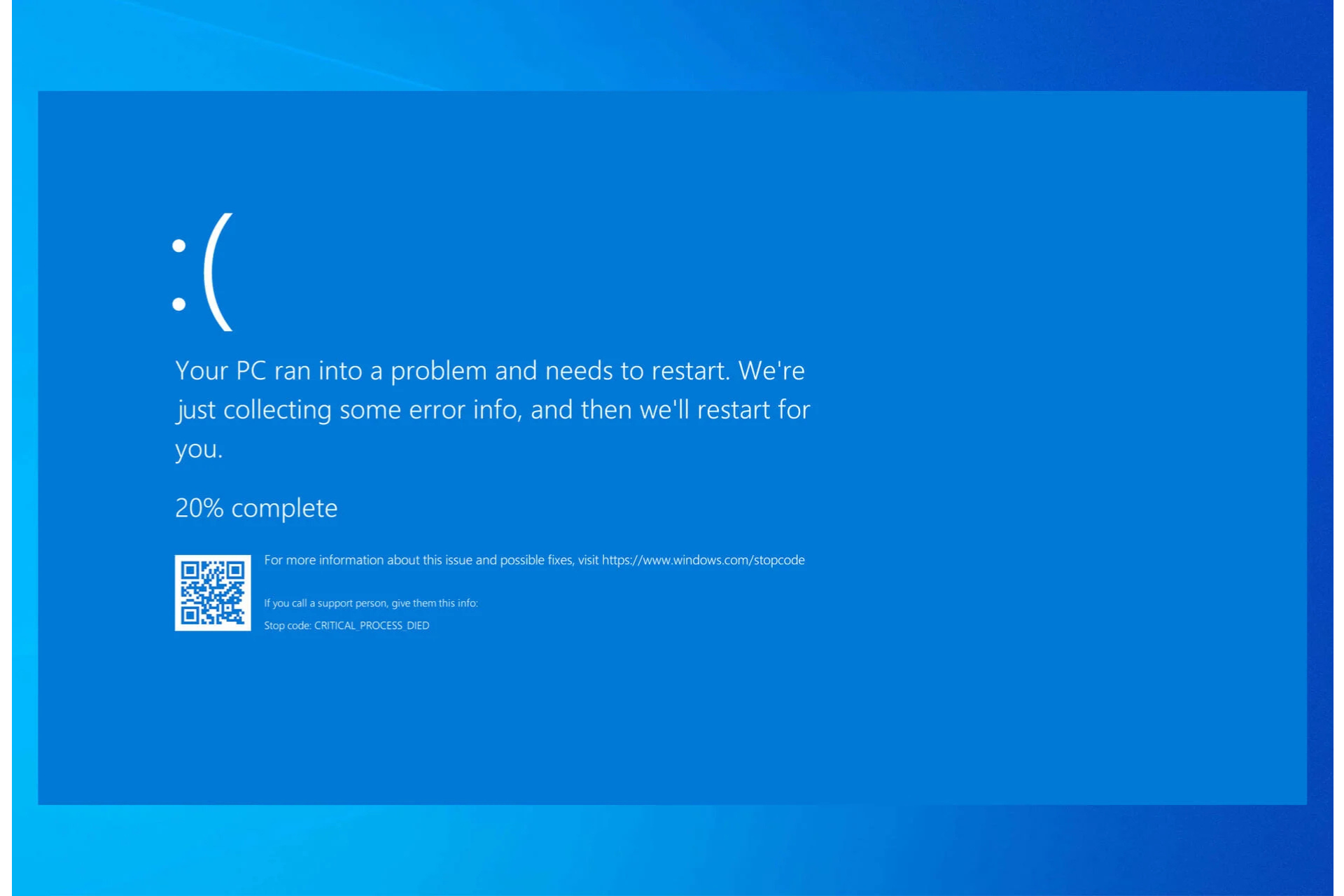

User forum
0 messages